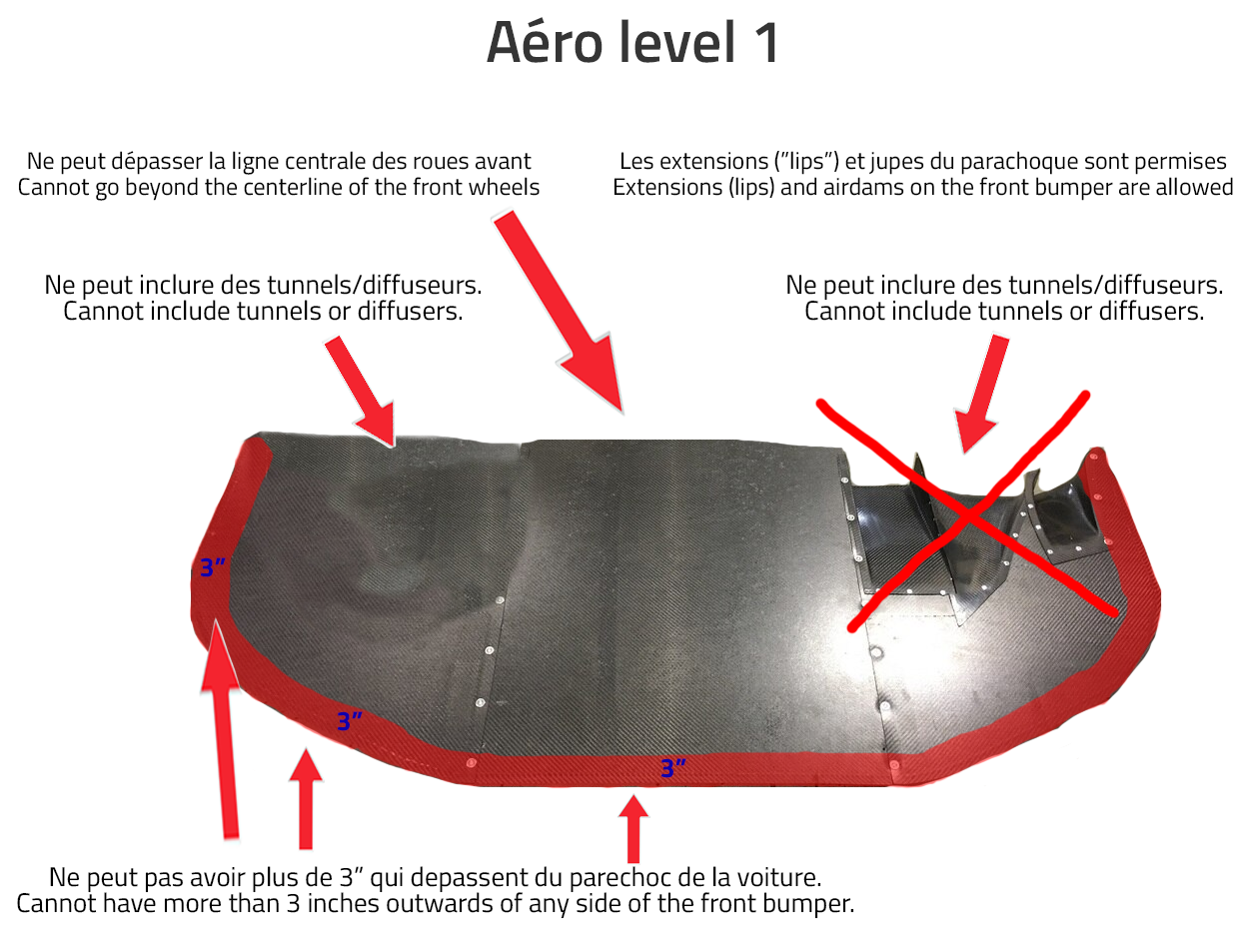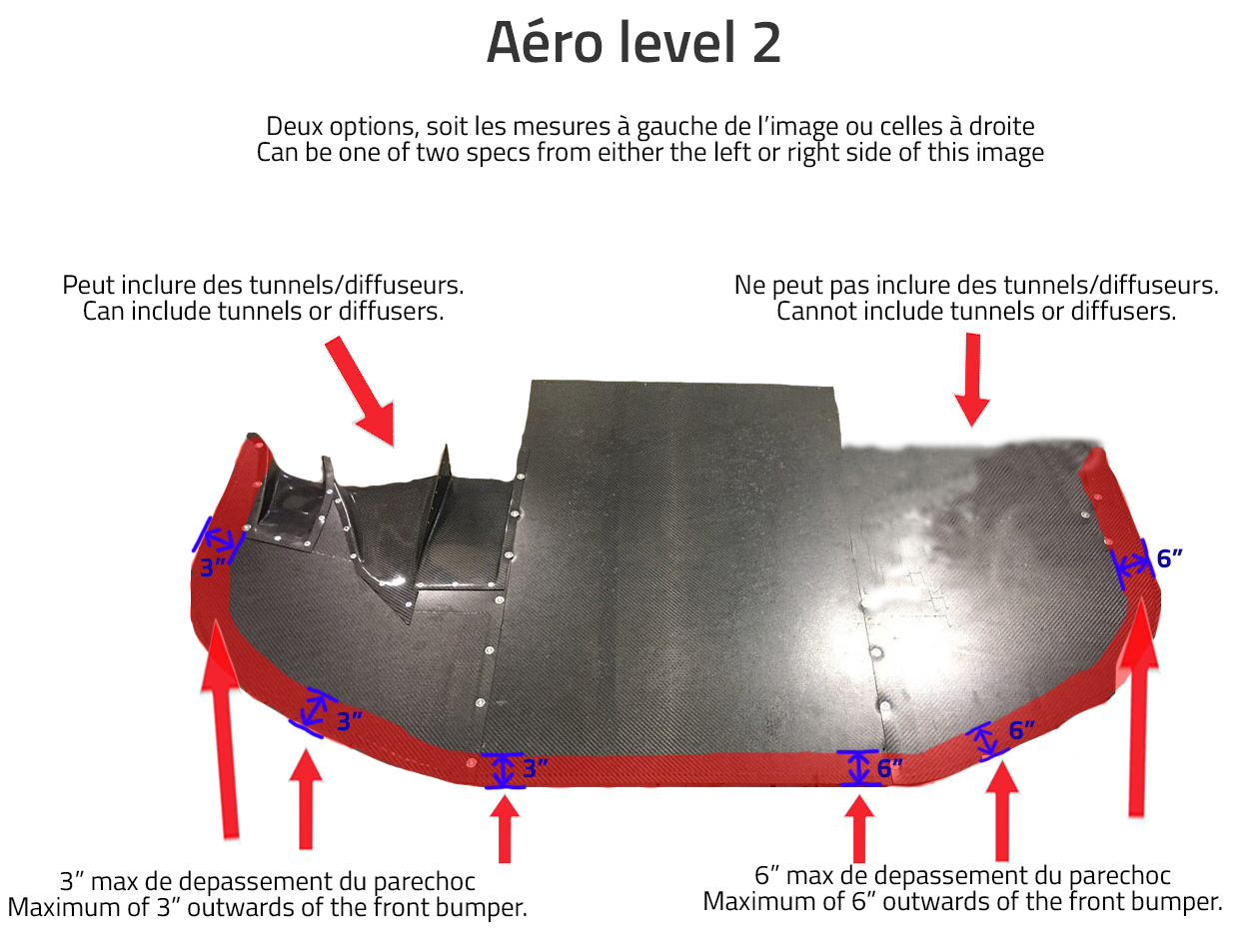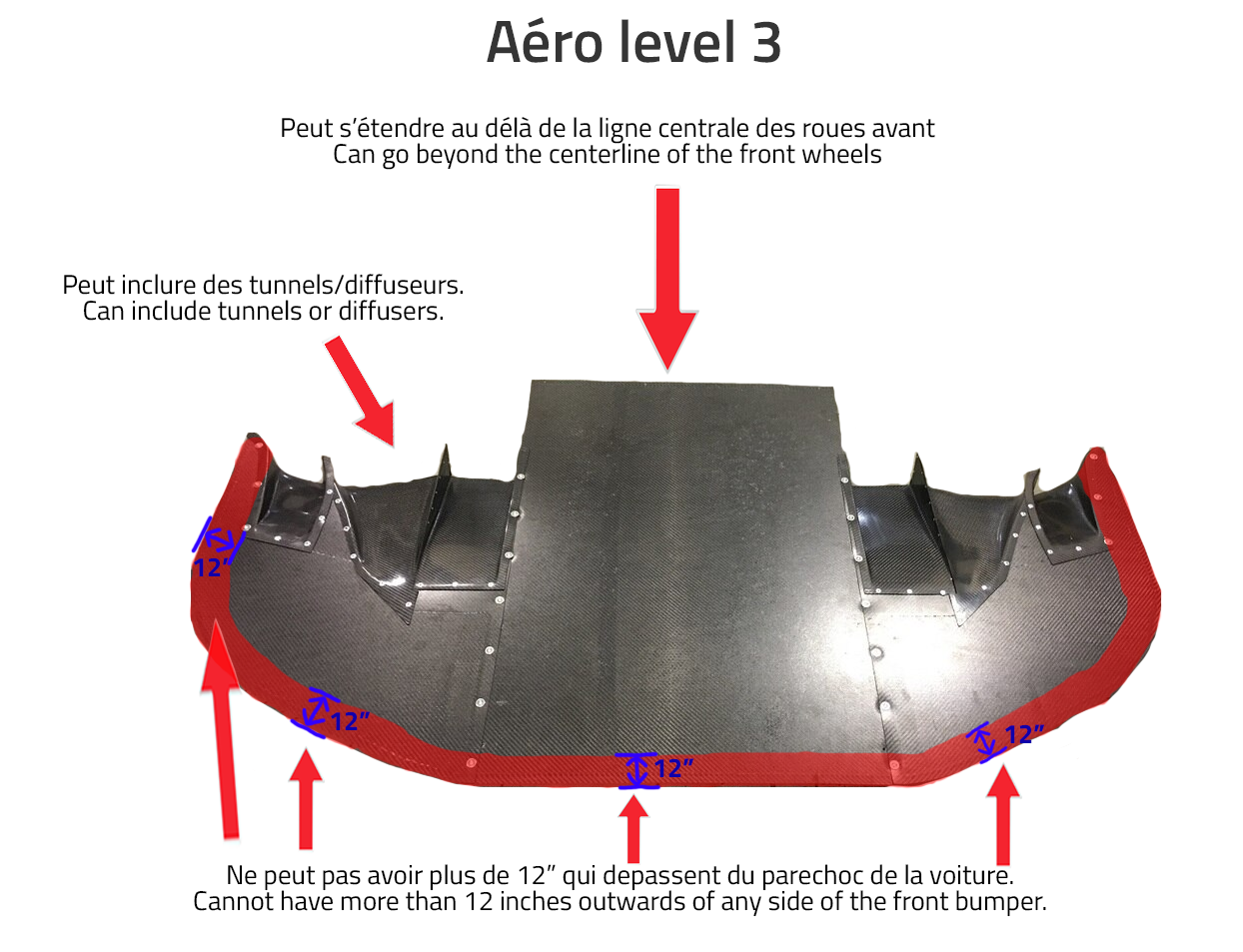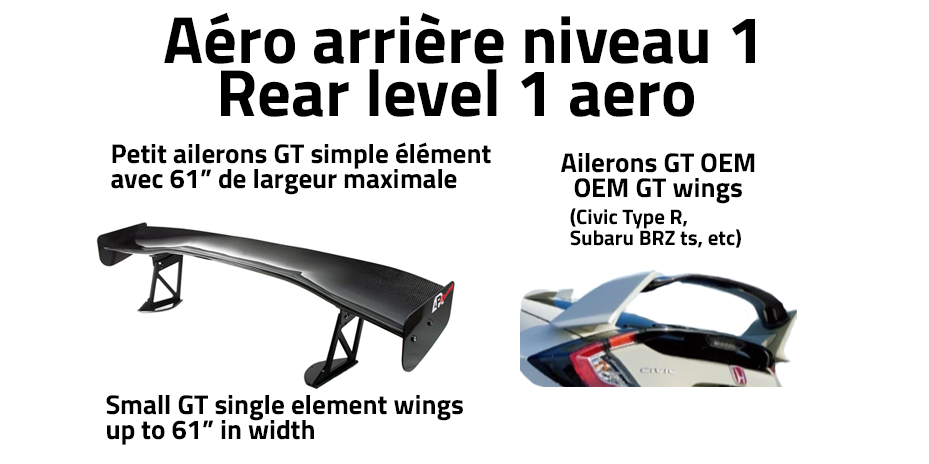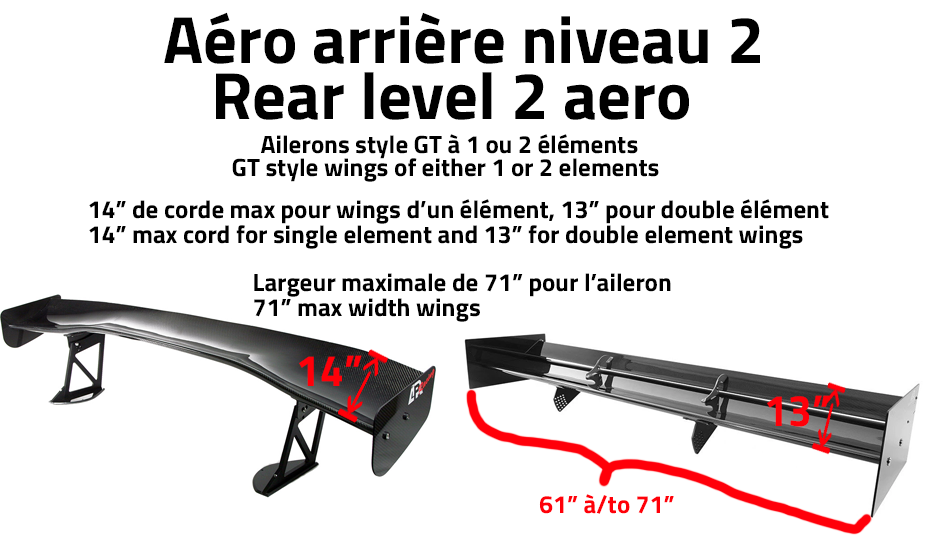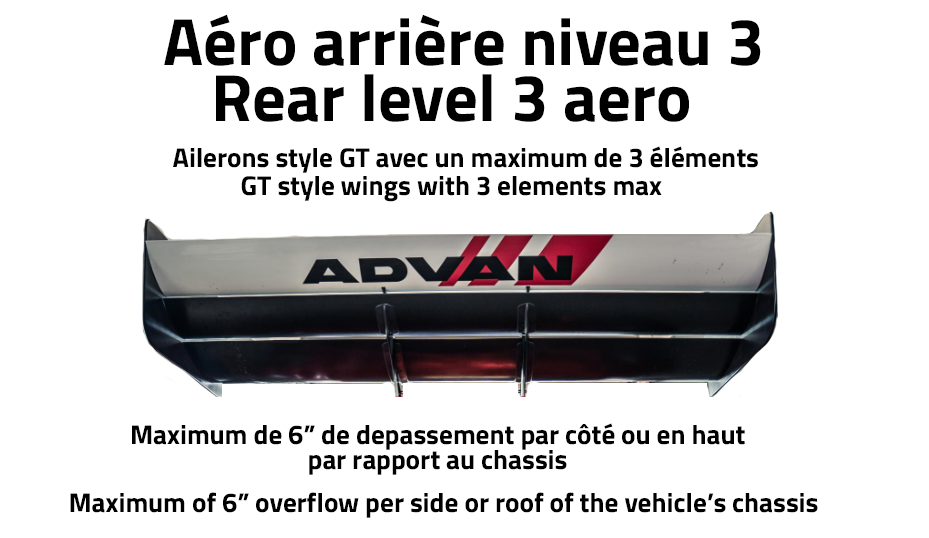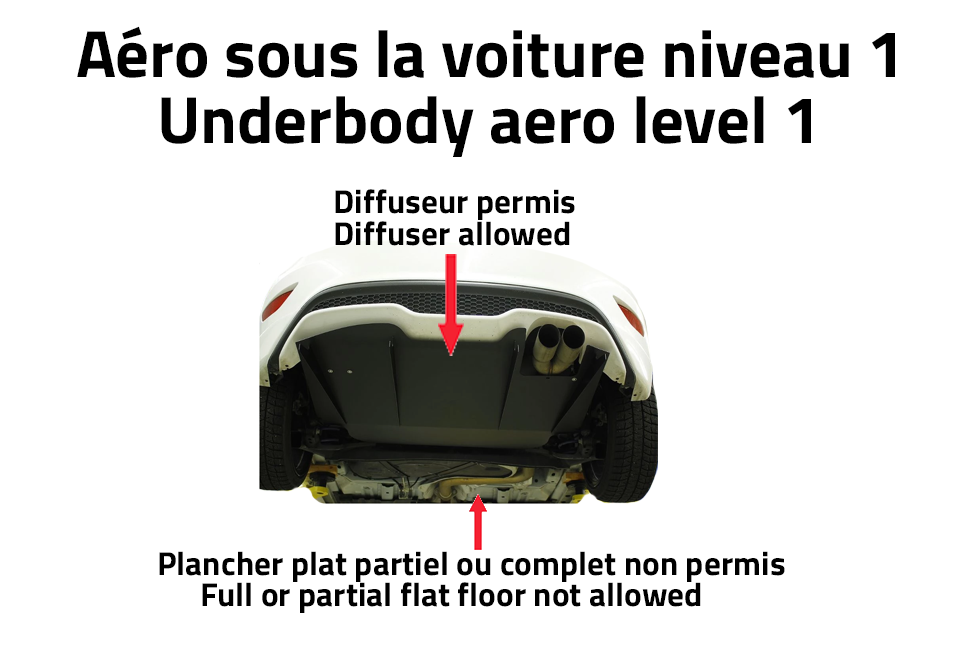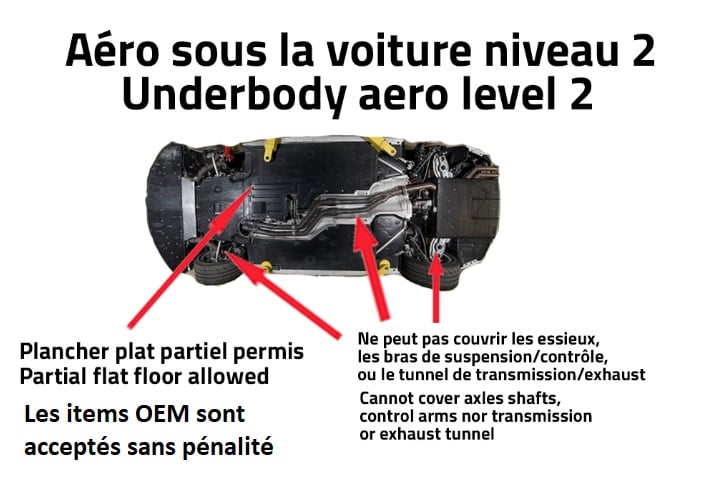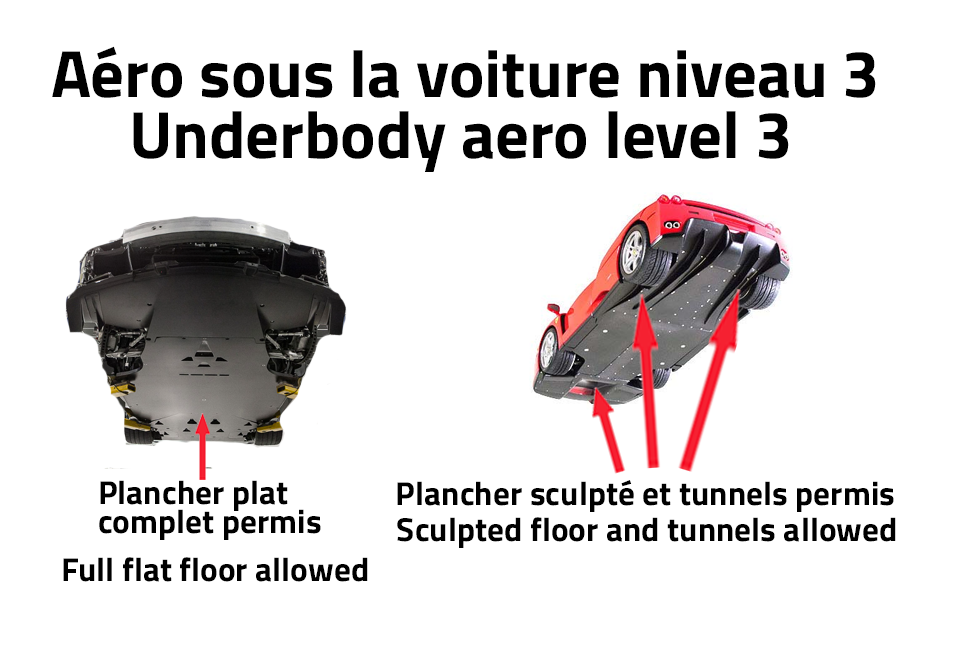Automatic class calculator
This sheet will allow you to calculate your car’s class easily and quickly by following the different steps in the order shown.
Step 1: vehicle power (HP)
Have you done a dyno test on your car
Brand of car:
Model of car:
Year of car:
Car type:
Car package:
Have you changed the original engine for another type? (engine swap)
Brand of car of the new engine:
Model of car of the new engine:
Year of car of the new engine:
Car type of the new engine:
Car package of the new engine:
Engine modifications (bolt-ons and internals)
Any engine with modified internals must provide a dyno sheet.
Power according to Annex A
Limited slip differential (LSD)
Vehicle drivetrain
Wheel or crank horsepower?
Type of dyno
Dyno results
Step 2: vehicle weight
Did you weigh the vehicle?
Measured weight
The nominal weight of the car is the published weight of the car with the driver and all of his equipment inside and half a tank of gas. If the measured weight does not correspond to this, please adjust accordingly.
Nominal weight of car according to Annex A
The nominal weight of the car is the published weight of the car plus 175 pounds for the driver and his safety gear, plus the weight of a 50% filled gas tank. If you wish to use different values (ex. Driver weight) you must supply a printout of the actual car weighing.
Step 3: tires
DOT approved tires (non slicks)
Tire width (mm)
Tire threadwear
Step 4: suspension and body
Modified suspension?
Interior rear panels removed?
Interior front panels removed
Exterior panels removed
Step 5: aerodynamics
Each section regarding the aerodynamic devices on the vehicle can be divided into 3 levels. Click on the "See level" button to see the differences between each one. If an element is not mentioned in any level, it means it is allowed without restriction.
